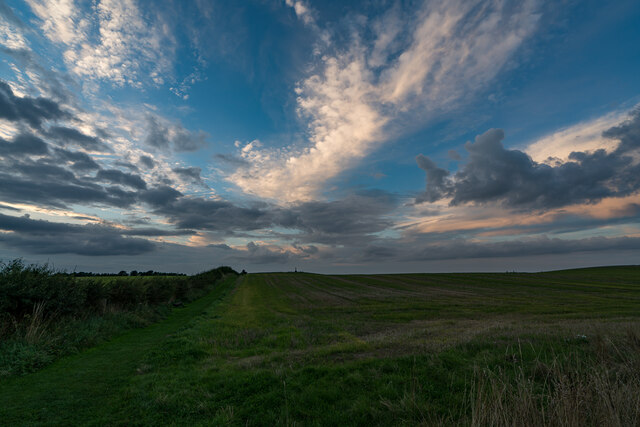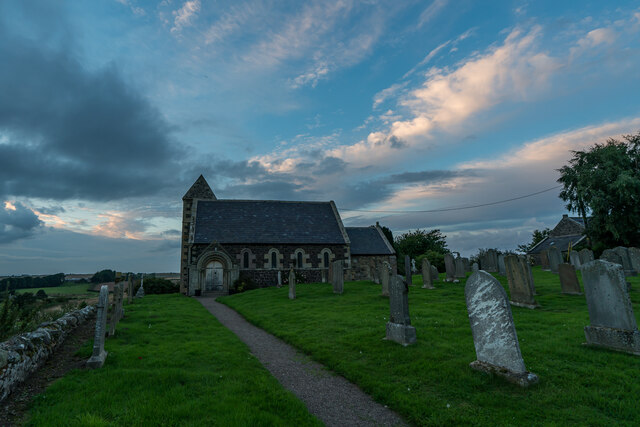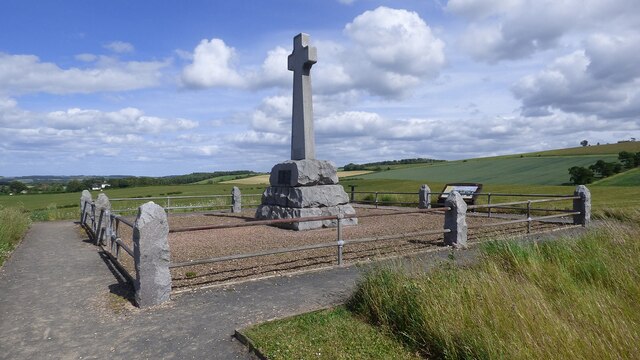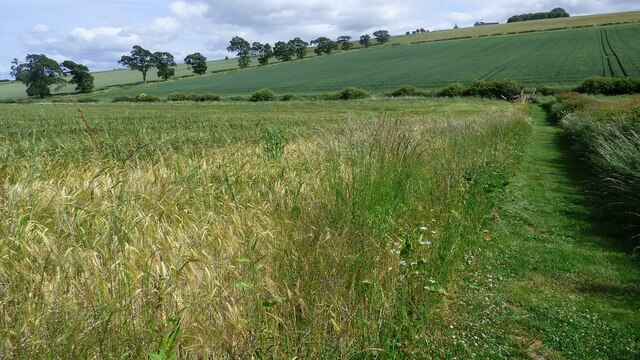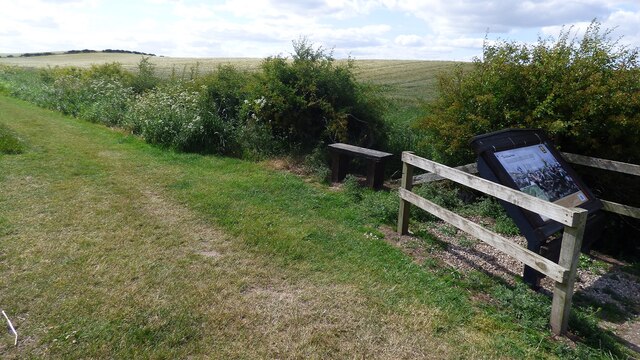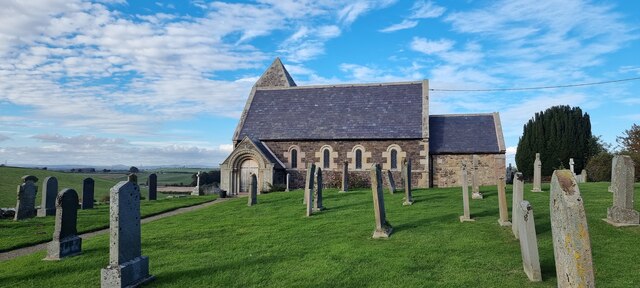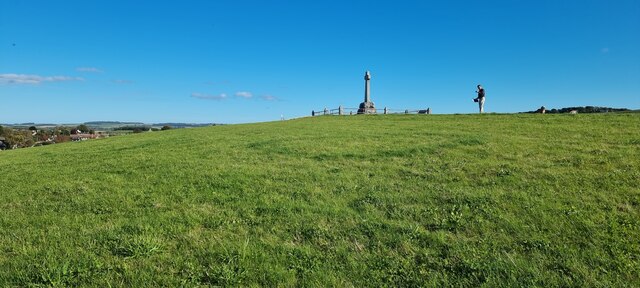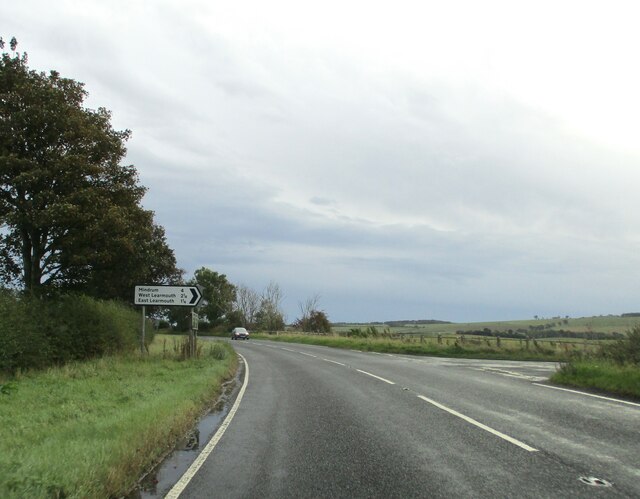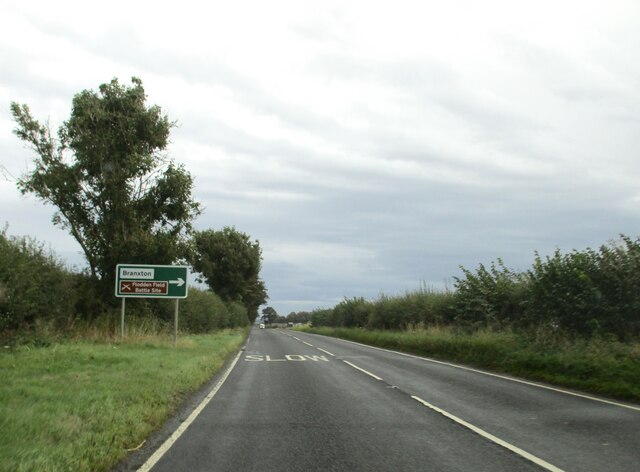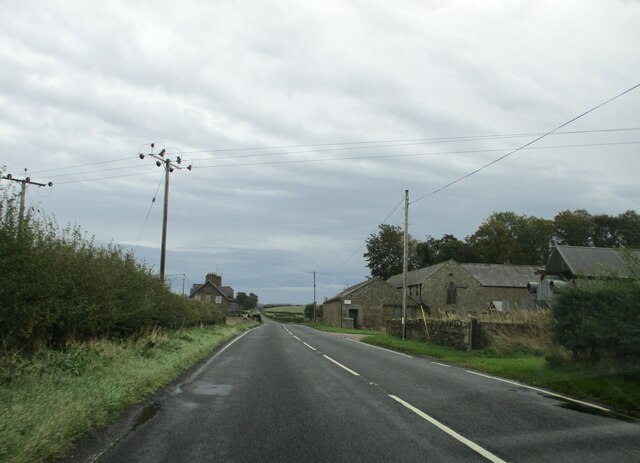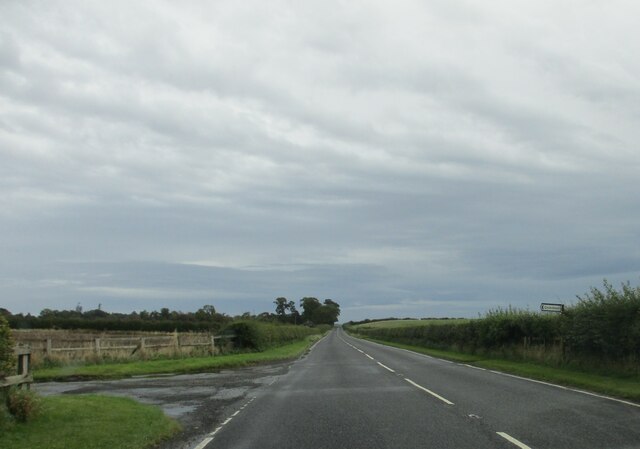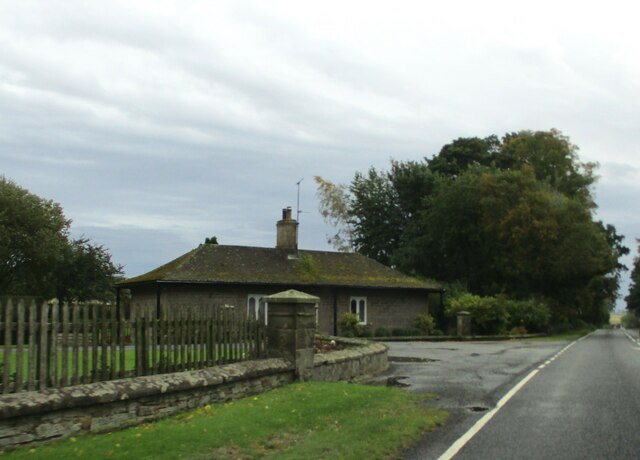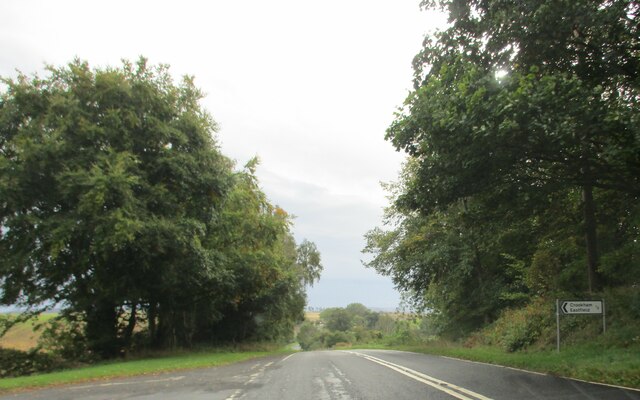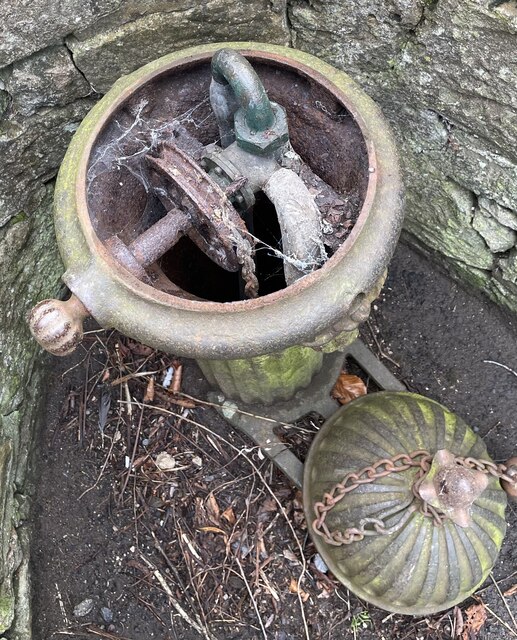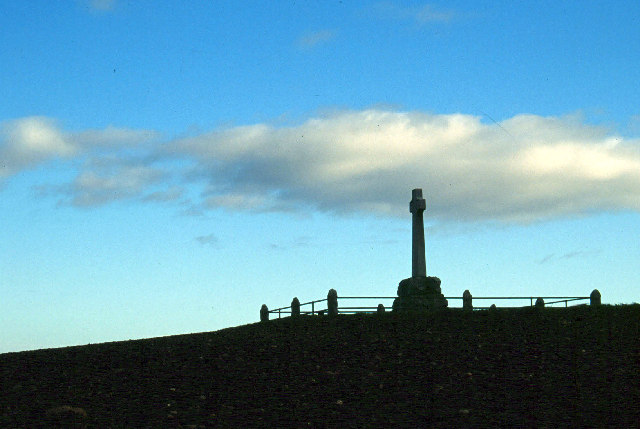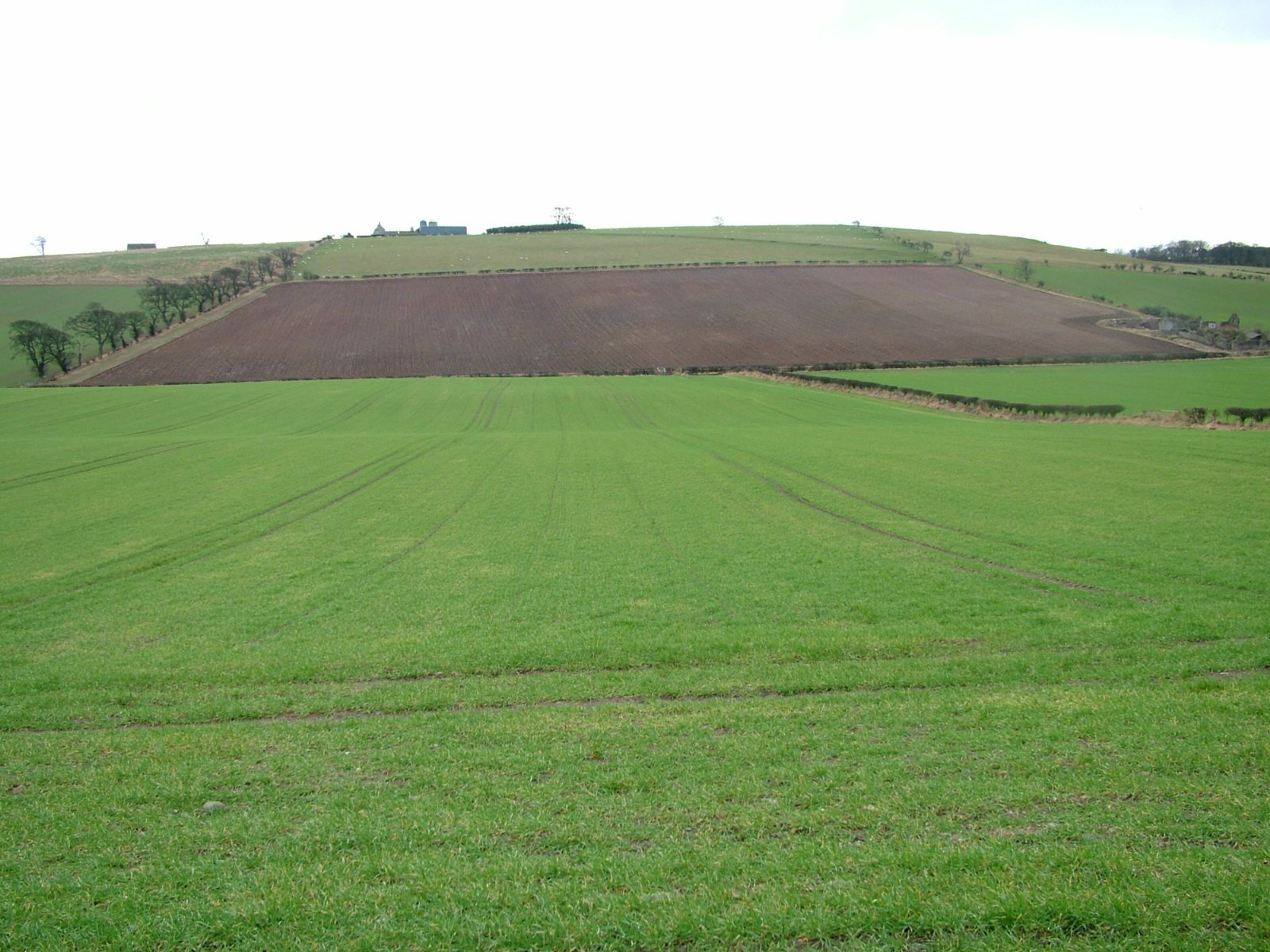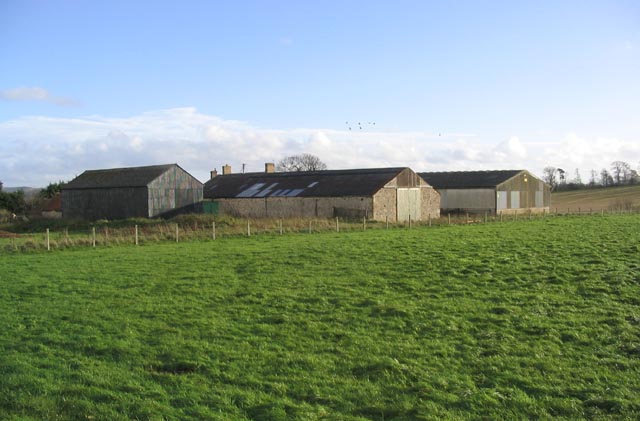Westfield Bog Plantation
Wood, Forest in Northumberland
England
Westfield Bog Plantation

Westfield Bog Plantation is a captivating woodland located in Northumberland, England. This 200-acre site is renowned for its stunning natural beauty and diverse flora and fauna. The plantation primarily consists of a dense forest, characterized by a mix of deciduous and coniferous trees, creating a picturesque landscape throughout the year.
One of the notable features of Westfield Bog Plantation is its bog habitat, which is a unique ecosystem formed by the accumulation of peat moss and other organic materials. This wetland environment supports a wide range of plant species, including sphagnum mosses, heathers, and carnivorous plants such as sundews and bladderworts. The bog is also home to several rare and endangered species, making it a significant conservation area.
Visitors to Westfield Bog Plantation can enjoy various recreational activities, such as hiking, birdwatching, and photography. The woodland provides an extensive network of well-maintained trails, allowing visitors to explore its different sections and discover its natural wonders. The plantation is especially popular among bird enthusiasts, as it attracts a diverse array of avian species, including woodpeckers, owls, and warblers.
Westfield Bog Plantation is not only a haven for wildlife but also a valuable carbon sink, playing a vital role in mitigating climate change. The dense vegetation and the peat bog help store and sequester carbon dioxide, contributing to efforts to combat global warming.
In summary, Westfield Bog Plantation is a captivating woodland in Northumberland, offering a unique blend of diverse habitats, recreational opportunities, and ecological significance. Whether for nature lovers, hikers, or conservationists, this woodland is a must-visit destination for anyone seeking to immerse themselves in the beauty of the natural world.
If you have any feedback on the listing, please let us know in the comments section below.
Westfield Bog Plantation Images
Images are sourced within 2km of 55.637049/-2.1655258 or Grid Reference NT8938. Thanks to Geograph Open Source API. All images are credited.

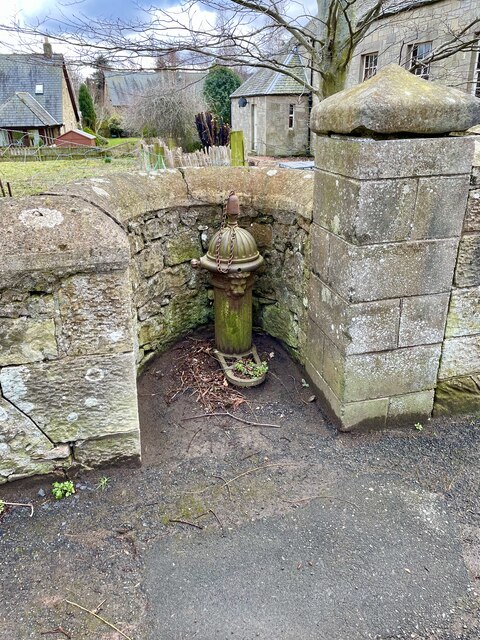
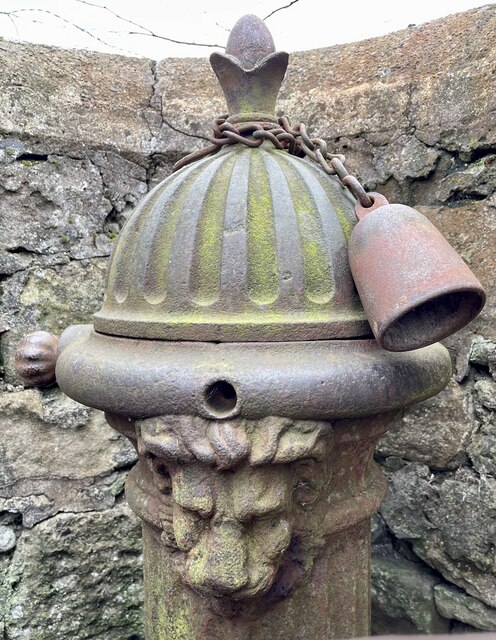
Westfield Bog Plantation is located at Grid Ref: NT8938 (Lat: 55.637049, Lng: -2.1655258)
Unitary Authority: Northumberland
Police Authority: Northumbria
What 3 Words
///cemented.proofread.goose. Near Ford, Northumberland
Nearby Locations
Related Wikis
Branxton, Northumberland
Branxton is a village and civil parish in northern Northumberland, England. It lies about 3 miles (5 km) from the England-Scotland border and about 4 miles...
Pallinsburn House
Pallinsburn House is an 18th-century country house situated at Ford, Northumberland. It is a Grade II* listed building. The house was built about 1763...
Battle of Flodden
The Battle of Flodden, Flodden Field, or occasionally Branxton or Brainston Moor was a battle that was fought on 9 September 1513 during the War of the...
Crookham, Northumberland
Crookham is a village on the River Till in Northumberland, in England. It is situated approximately 8 km (5.0 mi) to the east of Coldstream and 14 km...
Bareless
Bareless is a village in Northumberland, England. == Governance == Bareless is in the parliamentary constituency of Berwick-upon-Tweed. == References ==
Barelees Pond
Barelees Pond is the name given to a Site of Special Scientific Interest (SSSI) in north Northumberland, England. The site is a kettle hole, a deep pond...
Etal Castle
Etal Castle is a ruined medieval fortification in the village of Etal, Northumberland, England. It was built around 1341 by Robert Manners, and comprised...
Etal, Northumberland
Etal ( EE-təl) is a small village in the far north of the county of Northumberland, England, in the civil parish of Ford. It lies on a bridging point of...
Nearby Amenities
Located within 500m of 55.637049,-2.1655258Have you been to Westfield Bog Plantation?
Leave your review of Westfield Bog Plantation below (or comments, questions and feedback).
